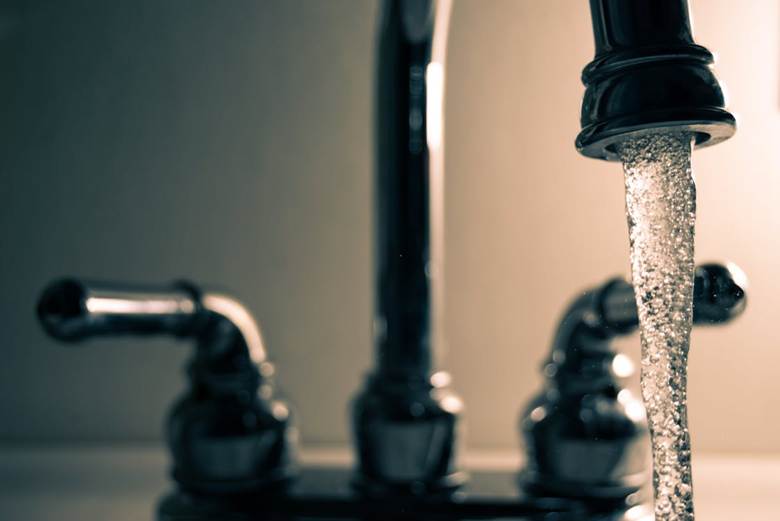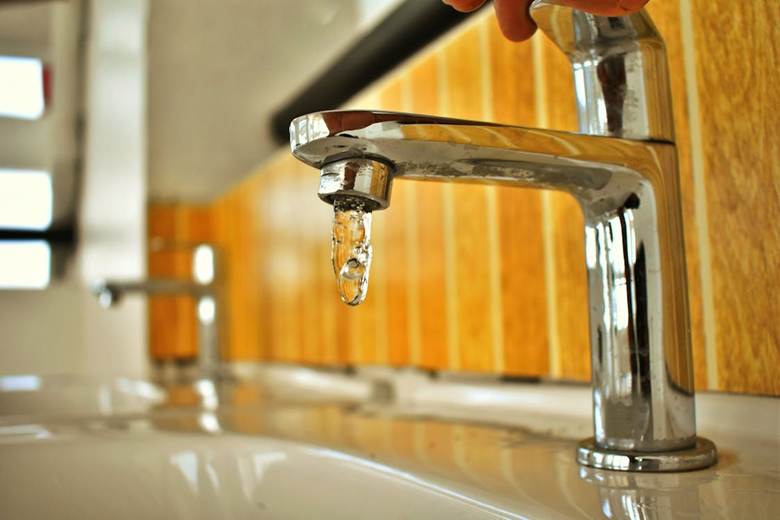A burst pipe or failed water heater can turn a quiet Saturday into urgent decision making. Tenants call, water moves, and minutes matter for damage control. Clear steps, ready contacts, and quick communication keep losses limited and renters calm.
Property managers in Charlotte track many moving parts across scattered doors and buildings. A reliable plumbing partner, like https://eastatlanticplumbing.net/, helps you act faster and avoid guesswork.
The goal is simple, stop active damage, stabilize the unit, and move toward repair without confusion.

Know Your First Five Minutes
Plumbing emergencies reward simple actions done in the right order. Focus first on water control, electrical safety, and tenant well-being. Then document conditions so insurance can move quickly later.
Use a short, repeatable sequence when a call comes in from a renter. Ask where water is coming from, how fast it is spreading, and whether power outlets are nearby. Confirm that the tenant is safe and away from standing water before taking further steps.
Give the tenant precise directions to the fixture or main shutoff, then walk them through closing the valve. For multi-unit buildings, know the main riser shutoffs and the unit isolations by room.
If water continues to flow, escalate to the building main valve and coordinate with neighbors as needed.
Set Up An Emergency Playbook
Create a one-page playbook for each property that lives in both digital and printed form. Keep copies in the leasing office, with on-call staff, and inside a labeled binder at every property. Tenants should also receive a shorter version at move-in.
Your playbook should include valve locations, panel locations, water heater model numbers, and warranty status. Add photos for each item so tenants and weekend staff can match what they see on site.
Include directions for shutting off individual fixtures and the building main, with simple labels and arrows.
Round out the packet with a short “keep-in-unit kit”. Add heavy trash bags, microfiber towels, a small wet vacuum, and a flashlight with spare batteries. Label the kit with the property phone number and a short checklist for water incidents.
Call The Right Help Fast
Speed depends on the first call you make after the water stops moving. Line up a 24/7 responder who knows your buildings and access quirks. That relationship shortens arrival time and reduces open questions once on site.
Experts like East Atlantic Plumbing LLC brings long practice with both occupied rentals and common area systems. They cover leak detection, drain clearing, water heater failures, and sewer line breaks any time of day.
A team that works cleanly in tenant spaces helps protect satisfaction while repairs move forward.
Keep contact trees short so calls do not stall when a manager is off duty. Store numbers in the property management system and post them near panels and valves. For new staff, run quarterly phone drills to practice what to say and what to capture.
Prevent Damage While You Wait
Stopping water is step one, limiting secondary damage comes next. Standing water spreads into drywall, trim, flooring, and underlayment within minutes. Move fast to contain spread while help is on the way.
Lay towels at thresholds and roll up rugs that can wick water into adjacent rooms. Lift furniture onto blocks to keep legs and fabrics out of damp areas. Open interior doors and closets so air can move without restriction.
If conditions are safe, start ventilation with box fans and open windows. Do not run central air handlers if returns are wet or there is visible contamination.
For sewage backups, treat affected areas as contaminated and isolate traffic. Keep children and pets out, and do not let tenants attempt chemical treatments. Photograph standing water, staining, and any visible solids or residues.
Document For Insurance And Repairs
Good records speed insurance reviews and reduce repeat visits from vendors. Start a log with times, phone calls made, and actions taken to stabilize the site. Add photos that show both close-ups and room-level context.
Capture serial numbers and age for failed components like water heaters or supply lines. Note whether protective devices like pan drains, leak alarms, and expansion tanks were present. Save any failed parts that can be tested or inspected by adjusters or manufacturers.
Keep receipts for drying equipment rentals and temporary housing if displacement was required. When mold risk exists after multi-day dampness, share tenants a plain summary of safe cleanup practices from the U.S. Environmental Protection Agency.
Train Tenants And Staff Before Trouble Starts
Prepared tenants help managers cut both response time and damage scope. During lease signing, show the unit shutoff valves and label them with durable tags. Give tenants a small magnet card with emergency numbers and the first three steps.
Hold short walk-throughs with maintenance staff to practice opening and closing all critical valves. Teach them to read water meters for flow confirmation after a shutoff. Add a reminder on every work order to re-open only the correct valve after repairs.
Update your preferred vendor list each quarter and note coverage areas and service boundaries.
Confirm who holds keys, alarm codes, and access permissions for locked mechanical rooms. Share the list with the call center, weekend staff, and any third-party answering service.
Coordinate Repairs With Minimal Tenant Disruption
Fast fixes matter, but tenant routine also matters for retention. Schedule noisy work during daytime windows agreed upon with residents when possible. For multi-day projects, post a daily update outside the unit and send a short text by evening.
When parts are delayed, use interim measures that keep basic services available. Temporary water heater rentals or portable restrooms can bridge short gaps where practical. Keep costs and timeframes visible to residents so expectations stay realistic.
After repairs, walk the unit to check for subtle moisture under baseboards and cabinets. Moisture meters and thermal cameras help catch what the eye misses. Re-inspect at forty-eight hours to confirm drying progress met target readings.
Build A Preventive Maintenance Calendar
The cheapest emergency is the one that never shows up. Build a simple calendar that matches seasonal risk in the Carolinas. Tie it to renewal cycles so access is convenient and predictable.
In spring, test outdoor spigots and backflow devices and check irrigation for leaks. In summer, inspect supply lines for appliances and replace aging braided hoses before failure.
In fall, flush water heaters, test temperature and pressure relief valves, and insulate exposed piping ahead of freezes.
Track recurring trouble spots like a stubborn main line or a low garage drain. Share those patterns with your plumbing partner and plan an off-season upgrade. Data from repeated work orders gives you the business case for replacements and reroutes.
Budget For The First Hour And The Fix
Set an annual reserve for water incidents per door so approvals are not delayed. Separate the budget into “first hour stabilization” and “repair and restoration”. That framing keeps early action fast while you price the permanent fix.
Ask your plumbing partner for ballpark ranges on common failures by building type and age. Post those ranges in your internal wiki with date stamps and notes. Update numbers after invoices land so next time is rooted in recent reality.
For larger buildings, consider service agreements that include priority dispatch and basic inspections. Predictable costs reduce noise in monthly reporting and support renewal conversations.
Make sure agreements spell out response windows and communication standards in plain language.

Bring Your Rentals Back Online Safely
A calm playbook, a trained tenant base, and a ready partner keep water events contained. You protect asset value, spare residents long interruptions, and reduce after-hours stress.
With the right steps and records, you move from scramble to steady recovery and return the unit to service with confidence.









